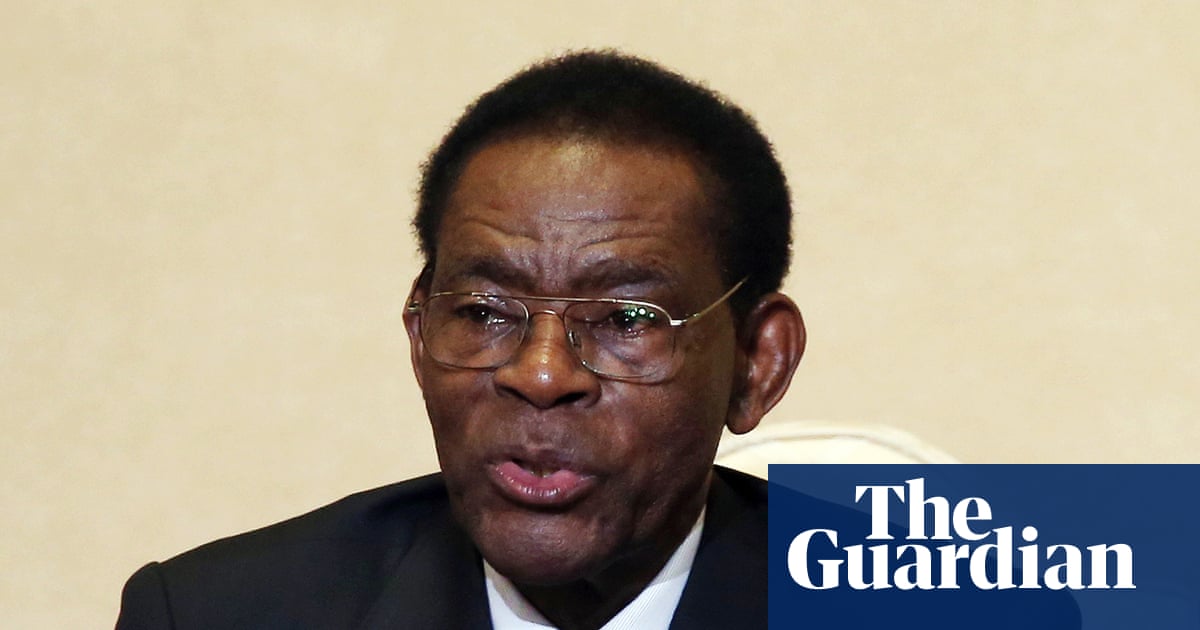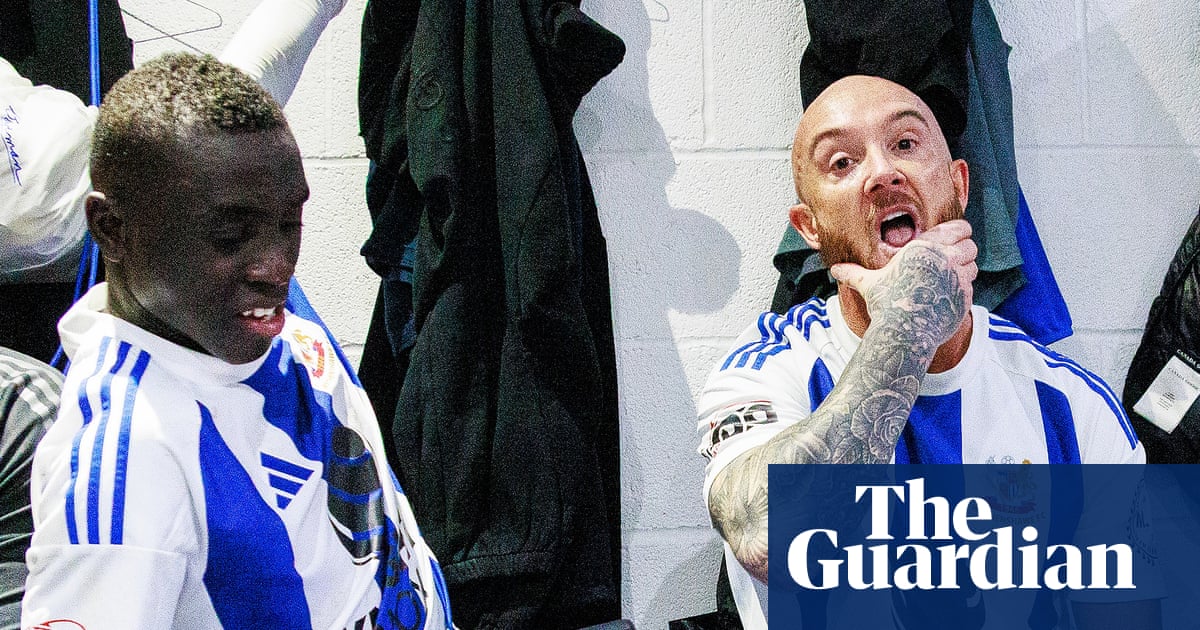Onyx – Throw Ya Gunz (1992)
The first music video Diane Martel directed was for the debut single by hardcore hip-hop group Onyx. Filmed predominantly in South Jamaica, Queens, and allegedly featuring real guns, it’s a grimy and energetic video, yo-yoing between the group performing on a beach and aggressive closeups shot in dimly lit basements. Martel, a young white woman who had directed two documentaries, might have seemed like an unlikely choice, but according to Onyx member Fredro Starr, she properly mucked in. “She would be getting on the floor, like getting dirty with it,” he said in one interview. “She made that video. If you wasn’t a director who was willing to get dirty, that video wouldn’t have came out like that. I gotta give her the props.”
Mariah Carey – All I Want for Christmas Is You (1994)
Martel directed a number of videos for Mariah Carey, including Dreamlover, The Roof, and the remix video for Heartbreaker. The clip for this festive behemoth, however, was actually filmed before Carey had even written the song. Co-directed by Carey herself and shot at farm in upstate New York, it was made to look like Super 8 in post-production, with Carey getting so cold during filming that her hair froze. While Carey has said that she didn’t “love every shot in this video”, it does exemplify what Martel called her “minimalist work”, putting artists “front and centre” in her videos: “They have to perform because there is not a lot else going on.”
Method Man – I’ll Be There for You / You’re All I Need to Get By ft Mary J Blige (1995)
While her videos often prioritised simplicity, Martel’s approach for this Grammy-winning partnership between Method Man and Mary J Blige was more cinematic, incorporating a loose narrative about a man being pursued by police. The romance embedded in Method Man’s lyrics is captured in the more grounded shots of the rapper and Blige silhouetted against a backdrop of an industrial cityscape, their appearance a reminder that love helps you overcome life’s challenges.
Christina Aguilera – Genie in a Bottle (1999)
Martel directed two music videos for Christina Aguilera, including the one for her indelible debut single. Here you can see the director’s emphasis on performance in action, a then 18-year-old Aguilera serving up tight choreography and a bare mid-riff as she shimmies into pop stardom. Nipping at the heels of Britney Spears’s … Baby One More Time, both song and video were a lightning rod for controversy. But Aguilera’s offering wore its sexuality more boldly and with more maturity than Spears. This was likely by design: “Even if there’s a sexual fantasy involved,” Martel said in 2003, “it doesn’t have to be a lazy, exploitive mess.” It’s a philosophy she perhaps didn’t always stick to, but one in practice here.
Eve – Who’s That Girl? (2001)
By the early 2000s, you can see Martel becoming more adventurous. While her work still primarily spotlighted what she described in 2013 as “the artist doing it”, the video for Eve’s Who’s That Girl? demonstrates how she was experimenting with different technologies, aesthetics and set design. From the appearance of a tiger, the various CGI backdrops and a strange, animated vignette to the highly saturated colour palette and overblown lighting, this video feels like it wrote the style guide that Hype Williams would later follow throughout the 2000s.
NERD – Lapdance (2001)
If Eve’s Who’s That Girl? was Martel expanding herself, this NERD video feels reminiscent of her earlier work with artists such as Onyx and Redman. “I try to stay true to the genre of music in terms of the lensing, framing and lighting,” she said in 2006, something that feels particularly true of the video for the solo cup-waving frat rap of Lapdance. The chiaroscuro lighting suggests depravity, Pharrell and the gang cavorting with scantily clad women at a testosterone-fuelled house party. Martel and NERD even made an explicit version of the video, featuring nudity and eye-rolling girl-on-girl action, something of a precursor to the infamous video for Blurred Lines.
Justin Timberlake – Like I Love You (2002)
Martel clearly understood the role a good music video could play in introducing an artist to the world. “Yes, it’s a sales tool,” she said in 2003, “but it’s also a visual presentation of the artist’s poetry and culture, interpreted by the director.” This mentality is on full display in the Like I Love You video, which helped reposition Justin Timberlake as a solo star. The simplicity of the video (“none of my videos are conceptual, even the conceptual ones,” she once said) provides ample room for Timberlake to prove he’s no longer a curly-haired teenybopper as he dances with a virility that accentuates his maturity. And the many close ups of his face? Proof that Martel understood the video’s target demographic.
Stacie Orrico – Stuck (2003)
Narrative wasn’t usually a priority for Martel, but she leaned into it while making the video for Stuck, the underrated single by Stacie Orrico. The story plays out like something from a teen drama, Orrico lamenting her ongoing attachment to an ex-boyfriend who cheated on her. Martel captures the teenage frustration and longing of the song by repeatedly isolating Orrico, be it through the window of a school bus, the fence of a basketball court or by placing her alone in her bedroom. Doing so lends the story credibility, resulting in a video that has timeless appeal.
Robin Thicke – Blurred Lines ft TI, Pharrell (2013)
It’s the song and video that launched 1,000 think pieces, many of which rightly highlighted the predatory lyrics and the issue of how women were often objectified in music videos. For her part, Martel said that she was simply trying to make something that would “sell records” in the internet age. In that respect she delivered: the song became one of the best-selling singles of all time. The video is also typical of Martel’s minimalist style. Inspired by the work of George Balanchine, Richard Avedon and, incredibly, Benny Hill, the video is set against a white wall, Martel employing meme-able props, nudity, exaggerated movements and oversized graphics to draw the eye.
Was it sexist? Martel didn’t think so, suggesting that it actually skewered the queasy message of the song. “I wanted to deal with the misogynist, funny lyrics in a way where the girls were going to overpower the men,” she said at the time. Later, in 2021, when writer and model Emily Ratajkowski, who starred in the video, alleged that Robin Thicke had sexually assaulted her on the set, Martel confirmed the story, saying she shut down the shoot until Thicke apologised. “We kept on and Emily was phenomenal,” she added. “She’s really the star of the video. She’s fully mocking him and the male gaze with her beautiful shape and ferocious energy. She’s playful, not seductive. And quite hilarious.”
Miley Cyrus – We Can’t Stop (2013)
If Martel’s work for Aguilera and Timberlake’s softly suggested each star’s sexuality, she chucked subtlety out the window for We Can’t Stop. The aim, she said, was to “make a trippy, fucked-up video that was like a giant selfie” while catering to “a new generation of kids that are overstimulated as viewers”. Why that meant including numerous shots of Miley Cyrus sticking her tongue out is unclear, but the scenes of twerking, dancing bears and hedonistic partying certainly captured the yolo ethos of the early 2010s. And if it (hyper)sexualised Cyrus, so what? “Some songs are about sex, some moments in careers are about sex,” Martel said in 2013. “If it’s called for, we go there … I’m comfortable with sexuality, so that maybe helps performers. We are talking about music videos.”

 1 month ago
40
1 month ago
40

















































